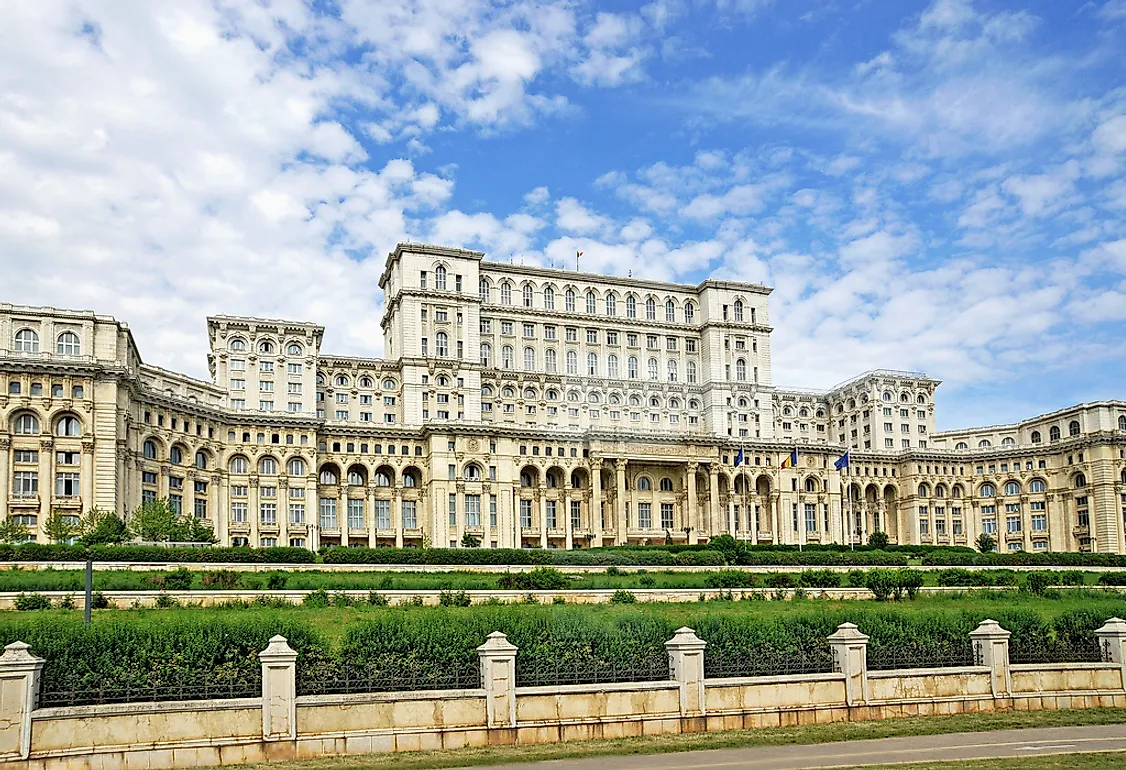What Type Of Government Does Romania Have?

Romania is situated in Europe bordering Ukraine, Serbia, Bulgaria, Hungary, and Moldova. The nation’s capital, Bucharest, is home to the seat of the government and parliament. The country has both a prime minister and president who head over a semi-presidential republic. The history of an independent Romania began in 1878 after it broke away from the Ottoman Empire. During the World Wars, Romania both gained and lost territories and transitioned from authoritarian rule to communism under the USSR. Communist rule in Romania ended with the Romanian Revolution of 1989, and a constitution was adopted in 1991. A revised constitution was passed in 2003.
The President Of Romania
Communist Nicolae Ceauşescu is often considered the first president of Romania, who established the position in 1974. The presidency during Communism was not subject to term limits, and the president reserved the right to appoint or dismiss ministers as well as chairing the central agencies. The 1991 constitution provided the framework for a modern presidency elected by the people in five-year intervals. Romania’s president represents the nation, ensures adherence to the constitution, appoints the prime minister for parliament’s approval, safeguards the state’s independence and territorial integrity, promulgates bills, and chairs the sessions of the government on issues of national interest. The president also performs the necessary duties in his/her capacity as the Supreme Commander of the Armed Forces, heads the Supreme Council of National Council, confers titles of honor, and grants pardons among other duties.
The Prime Minister Of Romania
The office of the prime minister was created in 1862, and it was referred to as the President of the Council of Minister until the Communist era. The president appoints the prime minister after consultation with the majority party in parliament. In the absence of a majority, the president consults with the parties represented in the legislature. The nominated candidate drafts a proposal containing the governing policy and the cabinet which must be passed by the legislature through a vote of confidence. Once approved, the prime minister, as well as ministers, forms the government. The prime minister guides government actions and oversees the activities of the ministers. He/she tables statements and reports on public policy for debate in parliament. The prime minister can be subjected to a vote of no confidence by parliament.
The Legislative Branch Of The Government Of Romania
Legislative duties in Romania are executed by the Chamber of Deputies and the Senate. The nation’s legislature convenes at the Palace of the Parliament situated in Bucharest. Proposed bills have to be debated in both houses, but each chamber has particular issues in its jurisdiction. There are 136 senators and 329 deputies elected for four-year terms through party-list proportional representation on closed lists. The country is a multiparty state with the most popular ones being the Democratic Liberal Party, Social Democratic Party, and National Liberal Party.
The Judicial Branch Of The Government Of Romania
The High Court of Cassation and Justice heads the Romanian civil law system. The 15 Courts of Appeal in the country give audience to cases from the county and local courts. A court president oversees the management of each court. Other courts in the country preside over specialized concerns such as the military courts and the Braşov Family Court.











